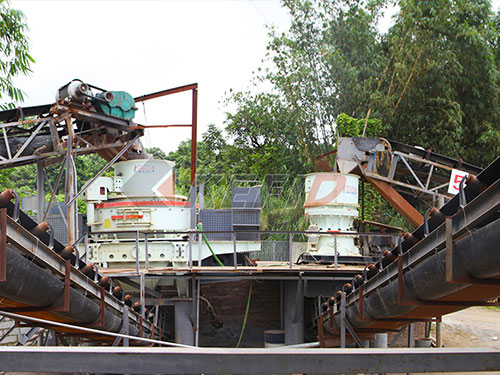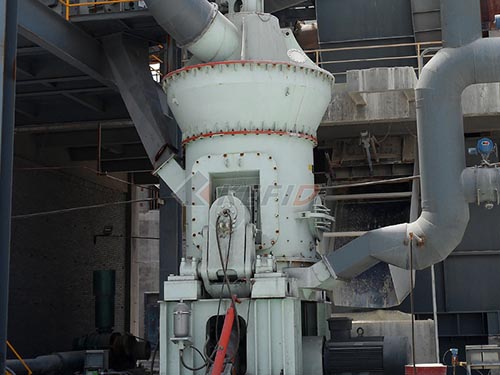The Silent Demolition Revolution: Pile Crushers and the Transformation of Bridge Decommissioning
The lifecycle of infrastructure is a complex dance of creation and decommissioning. While the construction of bridges garners significant attention with towering cranes and pouring concrete, the equally critical phase of removing obsolete or damaged structures presents unique engineering challenges. Among these challenges, the safe and efficient removal of deep foundation elements – bridge piles – stands paramount. Traditional methods often involved disruptive blasting or cumbersome mechanical excavation fraught with risks and limitations. Enter the Pile Crusher, a sophisticated hydraulic marvel that has revolutionized this niche but crucial aspect of civil engineering demolition.
The Legacy Problem: Removing Embedded Piles
Bridge piles are the hidden anchors of our transportation networks. Driven deep into the earth – through soil layers and often into bedrock – they transfer immense loads from the superstructure down to stable strata below. These piles can be constructed from various materials:

Concrete: Cast-in-place or precast concrete piles are extremely common due to their strength and durability.
Steel: H-piles or pipe piles offer high load capacity in challenging soil conditions.
Timber: Less common today in major bridges but historically significant.
Composite: Combinations like concrete-filled steel pipes.
When a bridge reaches its end-of-life due to structural deterioration exceeding repair feasibility, functional obsolescence (e.g., insufficient width/load capacity), route realignment, or post-disaster scenarios (earthquake damage), simply dismantling the deck and piers isn’t enough. The embedded piles remain as obstructions below grade level.
Traditional Removal Methods & Their Drawbacks:
1. Blasting/Demolition Explosives:
Pros: Can be effective for large volumes quickly.

Cons: Extremely disruptive – generates intense ground vibrations risking damage to adjacent structures (buildings, utilities). Requires extensive safety perimeters causing traffic disruption and community disturbance. Strict regulatory hurdles apply near sensitive areas or water bodies (common for bridges). Generates significant uncontrolled debris requiring extensive cleanup.
2. Mechanical Extraction/Pulling:
Pros: Less disruptive than blasting in terms of vibration/noise.
Cons: Requires powerful winches/cranes capable of overcoming massive skin friction/adhesion forces holding the pile in place – often impractical for deep piles or cohesive soils/rock sockets where pull forces exceed equipment capacity or risk breaking the pile prematurely underground leaving fragments behind.
3.

Leave a Reply